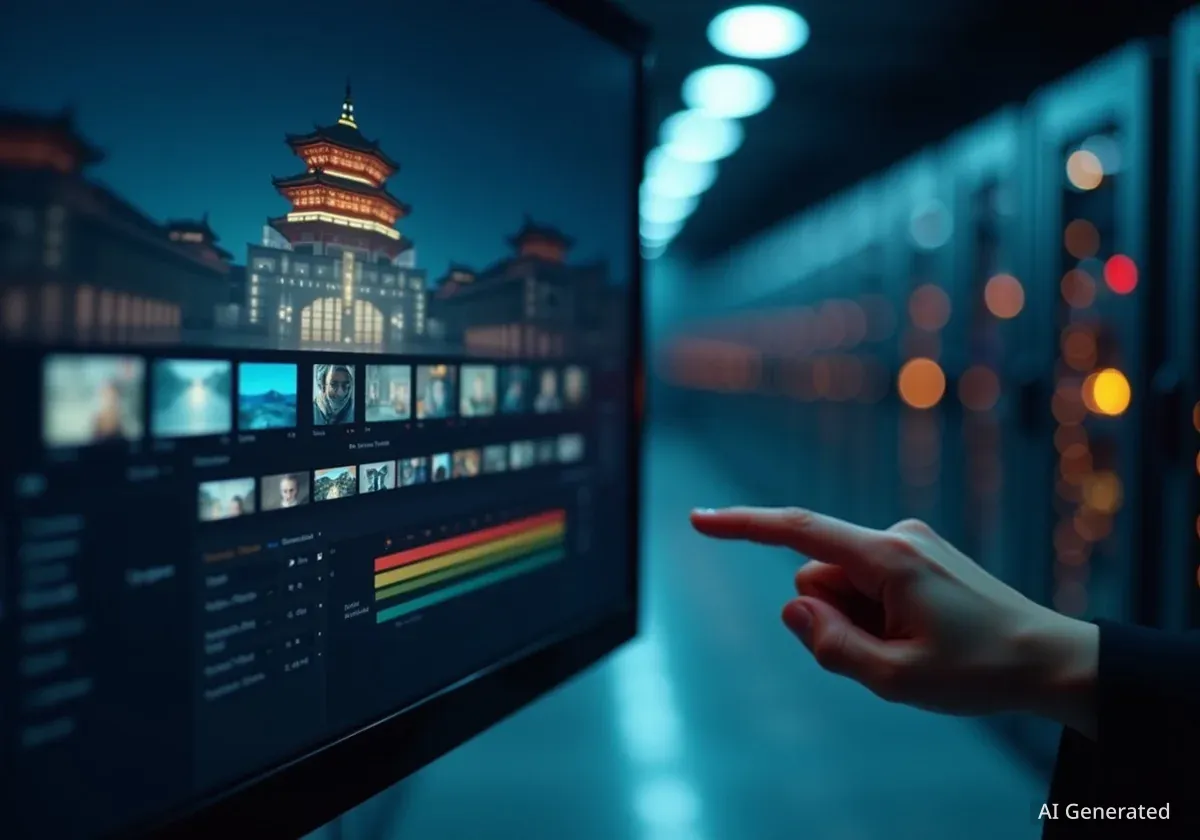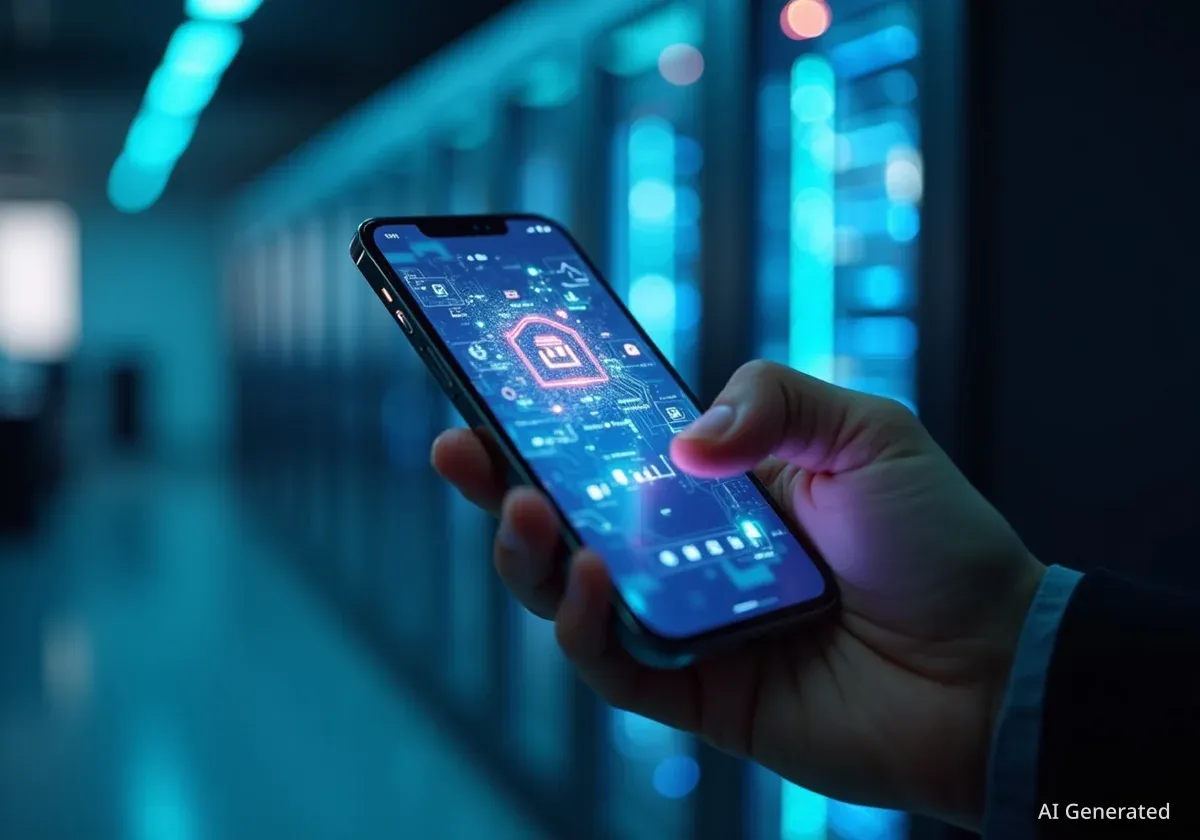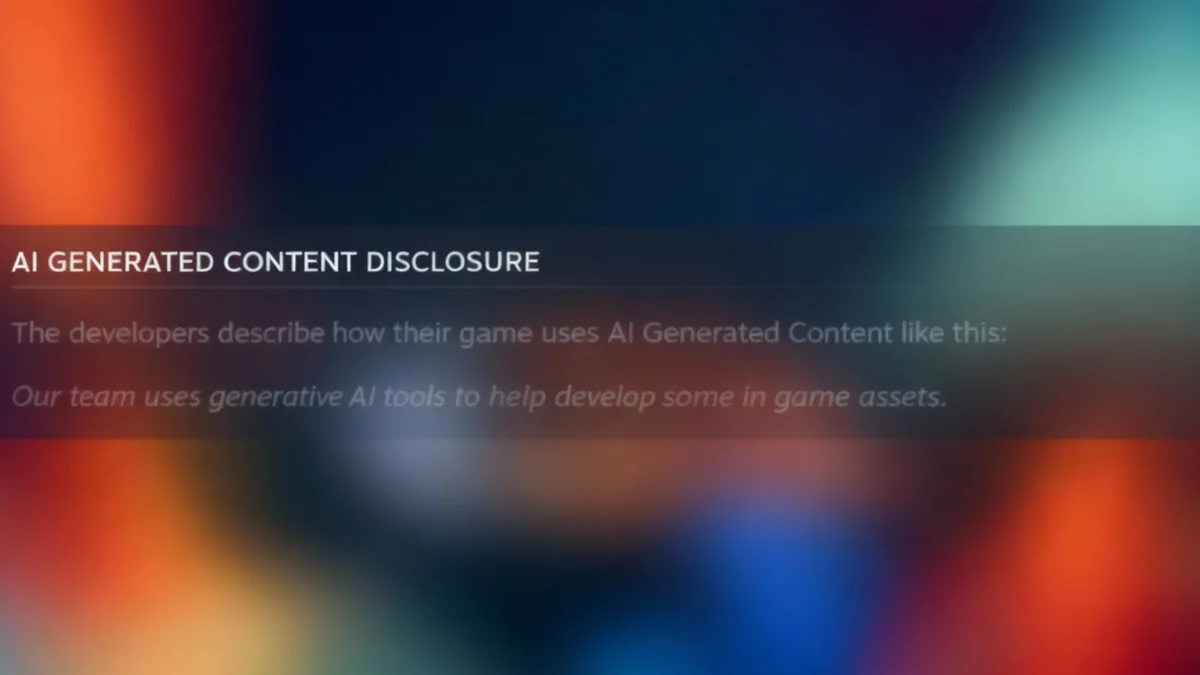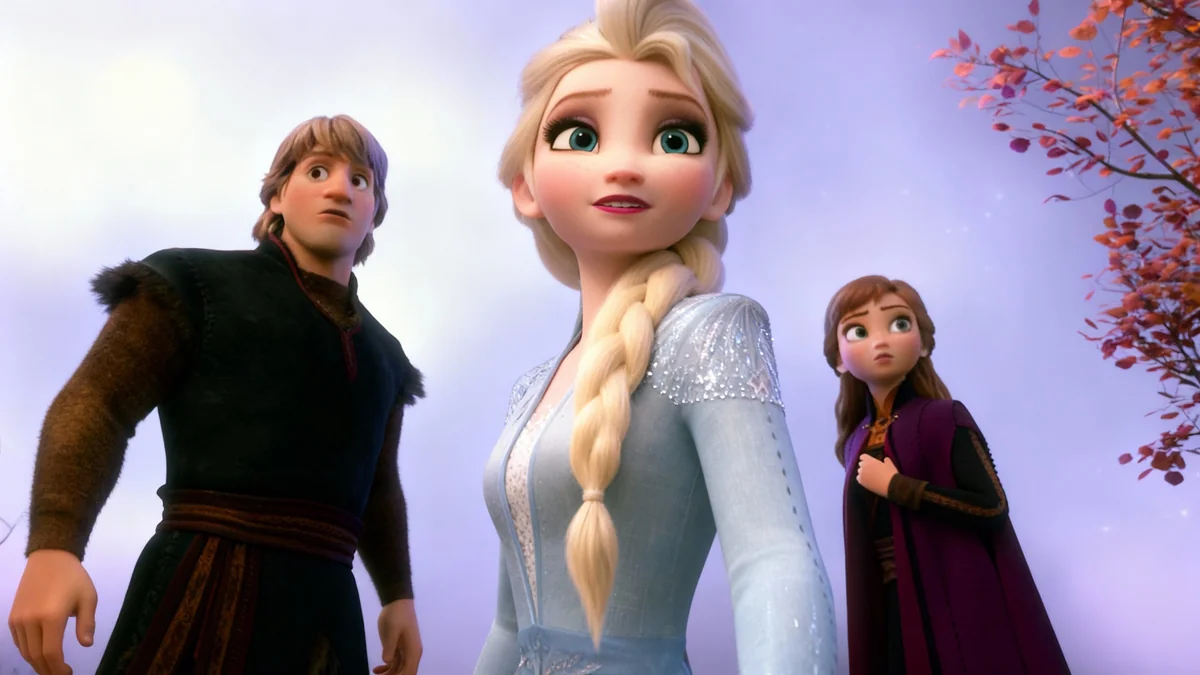Reports indicate that China is increasingly using artificial intelligence to automatically edit scenes in foreign films that the government considers objectionable. This technology is being applied to alter or remove content, such as depictions of same-sex relationships, to align with state-approved cultural norms before the movies are released to the public.
The use of AI for censorship marks a significant technological shift in how content is controlled and distributed within the country. This automated process allows for rapid and scalable alterations, raising new questions about artistic integrity and the future of global film distribution.
Key Takeaways
- China is reportedly using artificial intelligence to systematically alter foreign films.
- The technology targets and removes content deemed politically or culturally sensitive by Beijing.
- Examples of altered content include scenes depicting same-sex weddings and other LGBTQ+ themes.
- Filmmakers whose work has been edited have described the changes as jarring and unnatural.
- This AI-driven censorship represents a new frontier in state-sponsored content control.
The Rise of Automated Censorship
The practice of censoring films for the Chinese market is not new. For years, international studios have either self-censored their content to gain access to China's lucrative box office or have had their films edited by Chinese regulators. However, the introduction of artificial intelligence streamlines and potentially expands this process.
AI algorithms can be trained to identify specific types of visual or thematic content that violate government guidelines. This could include anything from political dissent and religious symbols to portrayals of lifestyles that conflict with official ideology. Once identified, the AI can automatically cut, blur, or even digitally alter these scenes.
This technological capability allows censors to process a large volume of content with greater efficiency than manual review. It represents a systematic approach to ensuring all media consumed by its citizens conforms to the state's narrative.
Background on Chinese Film Censorship
China's film market is one of the largest in the world, making it a critical territory for Hollywood and other global filmmakers. However, all films, both domestic and foreign, must be approved by the China Film Administration. The administration operates under strict guidelines that prohibit content undermining national unity, social stability, or traditional moral values.
Impact on Filmmakers and Creative Integrity
For international filmmakers, this development presents a significant challenge. One Australian filmmaker, whose movie was altered for a Chinese release, has publicly commented on the disorienting nature of the AI-driven edits. The changes made to a scene depicting a same-sex wedding were described as "glaringly strange."
"The result was an obviously edited sequence that made little narrative sense. It was clear that something was removed, creating a jarring experience for the viewer."- Unnamed Australian Filmmaker
Such alterations compromise the artistic vision of the creators. Scenes that are integral to character development or plot progression can be removed, leaving audiences with a disjointed and confusing version of the original film. This forces studios into a difficult position: either accept the edits to access the Chinese market or forego a release in the country altogether.
Creative professionals are concerned that this trend could lead to a chilling effect, where filmmakers begin to self-censor their work during the production process to avoid potential issues with Chinese regulators. This could lead to a homogenization of global content, with fewer films willing to tackle controversial or sensitive subjects.
China's Box Office Power
In 2020, China surpassed North America as the world's largest box office market for the first time. Its market value provides significant leverage over global film studios, influencing production decisions and content choices far beyond its borders.
The Technology Behind AI-Powered Editing
The AI systems used for this purpose likely rely on advanced machine learning models, particularly in the field of computer vision. These models are trained on vast datasets of images and videos, learning to recognize patterns, objects, and actions.
The process can be broken down into several stages:
- Content Analysis: The AI scans the film frame by frame to identify and flag prohibited content. This could include specific flags, symbols, character interactions, or even dialogue keywords.
- Scene Segmentation: Once a prohibited element is detected, the AI identifies the start and end points of the scene containing it.
- Automated Editing: The system then applies a pre-determined action. This could be a simple cut, a digital alteration (like changing a sign or blurring a face), or replacing the scene with alternative footage.
While the technology is sophisticated, it is not always seamless. As noted by the Australian filmmaker, the edits can be crude and obvious, disrupting the viewing experience. However, as the technology improves, these alterations may become increasingly difficult to detect.
Broader Implications for Global Media
The use of AI for state censorship in China has implications that extend beyond the film industry. It sets a precedent for how technology can be used to enforce ideological conformity on a massive scale. As AI tools become more accessible, other governments could adopt similar methods to control the flow of information and media within their own borders.
This trend could lead to a fractured global media landscape, where different versions of the same film or television show exist for different markets. It also raises concerns about the preservation of cultural and artistic works in their original, unaltered forms.
For audiences, it means that the media they consume may have been algorithmically sanitized without their knowledge. This lack of transparency undermines the relationship between the creator and the viewer, as the work being presented is not the one the artist intended to create. The increasing use of AI in this domain represents a powerful new tool in the ongoing global debate over censorship, technology, and freedom of expression.





